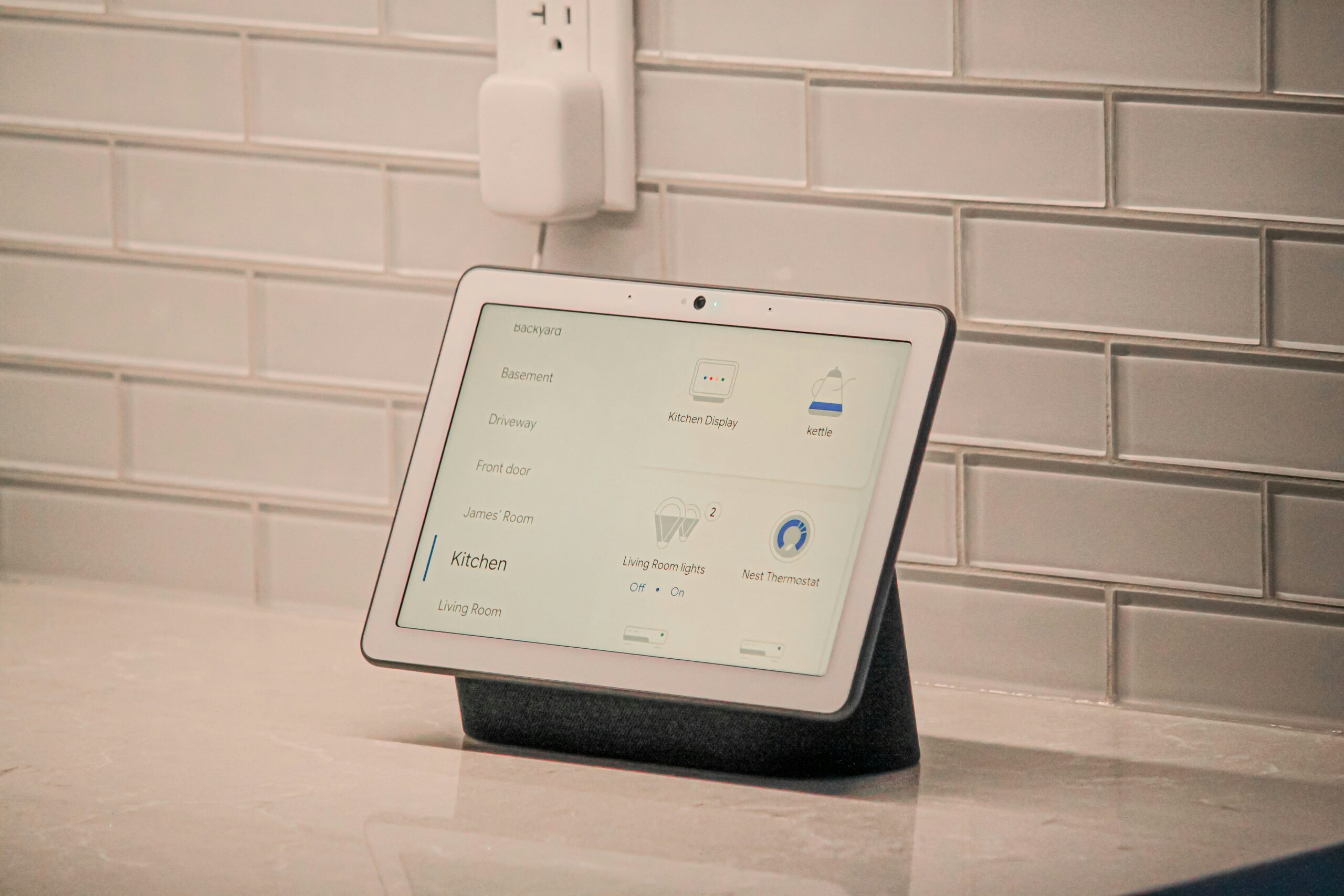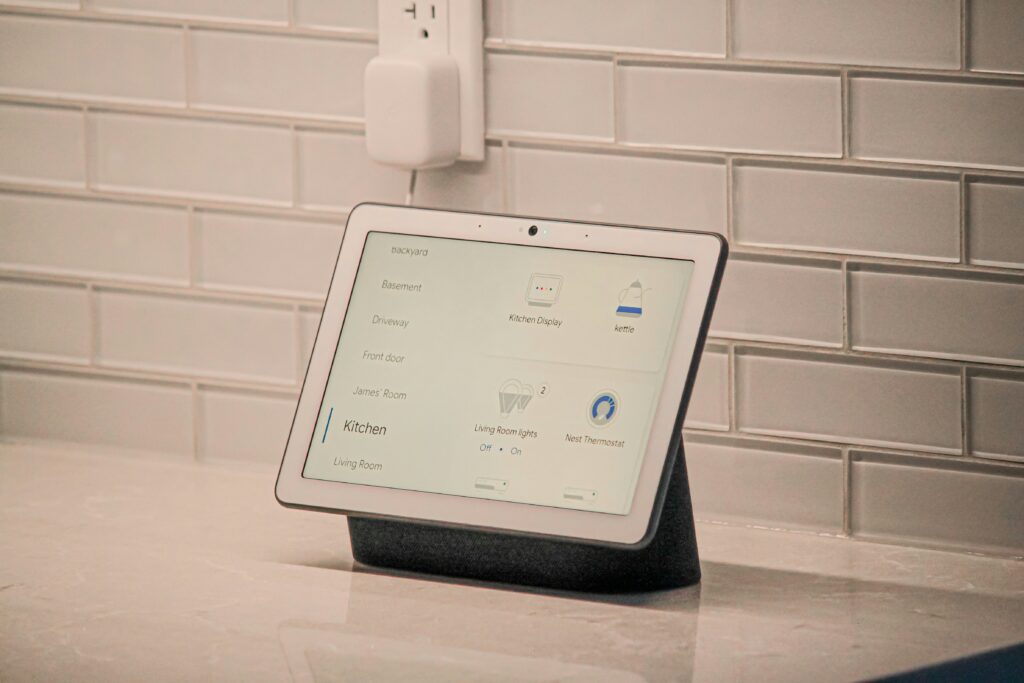
Sustainable Design Trends: Building for a Greener Future

Here in South Florida, sustainability needs to be at the forefront of any conversation when we’re talking design. Why? No matter who you are, saving money on your home investment is paramount. With rising energy costs along with property insurance, and property tax increases our homes must be designed to withstand whatever Mother Nature throws at us – and we’re not just talking hurricanes.
The heat and humidity in SoFla can wreak havoc on our homes. With mold and mildew being frequent troublemakers and rising air-conditioning bills, finding new ways to reduce costs while still having a gorgeous and modern home seems to be top-of-mind for all homeowners, or at least it should be.
But how does sustainability in design help with homeownership costs? Oh, we’re so glad you asked. Here are a few ways you can make your home more sustainable in 2025 and save yourself money in the long run.
Incorporating Smart Technology
Smart technology minimizes your home’s carbon footprint by ensuring that your systems and appliances use as little heat and electricity as possible thereby reducing your monthly expenses. Devices like smart thermostats and smart lighting systems are programmed to regulate their energy consumption while simultaneously maintaining a comfortable atmosphere. Your house will be kept at an optimal climate, and you will automatically receive optimal levels of lighting, air conditioning, heating, etc. For example, smart window coverings provide optimal natural light and shading based on the time of day, season, and the amount of people in the room.
From a stylistic perspective, smart technology has advanced where the options are practically limitless at this point.
Utilizing Sustainable Materials
Going more sustainable in your design can start truly at the foundation – the materials. This typically refers to incorporating materials that are renewable, recyclable, and highly durable into your project. This typically refers to materials that are renewable, recyclable, and highly durable. Consider using recycled wood, metal, stone as well as low-voc paints. You can even find recycled glass and doors. Bonus: Sustainable materials are also made with sustainable practices that minimize waste and pollution.
At first, sustainable materials might seem pricier, but they can actually save you money in the long run. They last longer, use less energy, and need less upkeep, so you end up spending less over time – meaning those initial costs are more than worth it when you see the savings on energy bills and fewer repairs down the road.
Consider Passive Design
Passive design refers to the concept of designing a home to maximize natural heating, cooling, and ventilation. A home that uses more natural air and light decreases its reliance on energy and electricity, making it more sustainable.
For example, the house could be designed at an ideal angle to catch prevailing breezes. Similarly, the windows could be positioned to facilitate strong air circulation. Additionally, elevating your home can allow cool air to circulate under the floors and help protect your home from any rising waters from a storm.
As fans of designs, we’d love to see the idea of courtyards and more open connections to outdoor spaces as they allow breezes to flow through the home naturally.
If you’re looking to make your home more sustainable and cost-efficient without compromising on style, our design experts at Debowksy Design Group are here to help. We’ll walk you through which design elements can help you lower your energy costs and which are best suited for your style and home goals. Give us a call today and let’s put your plan into reality.
